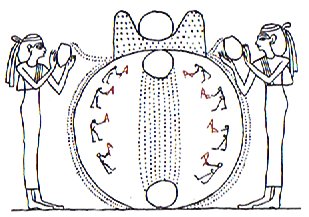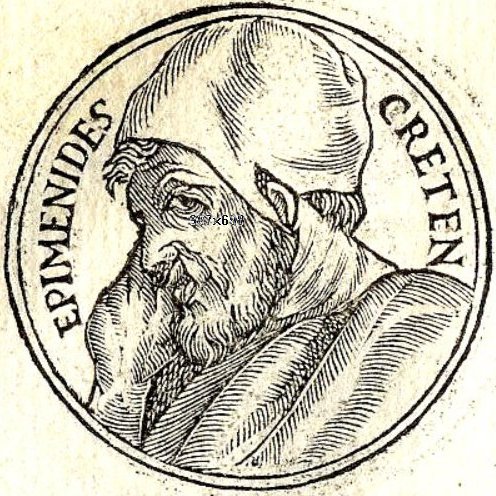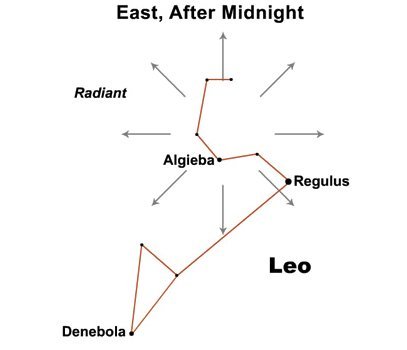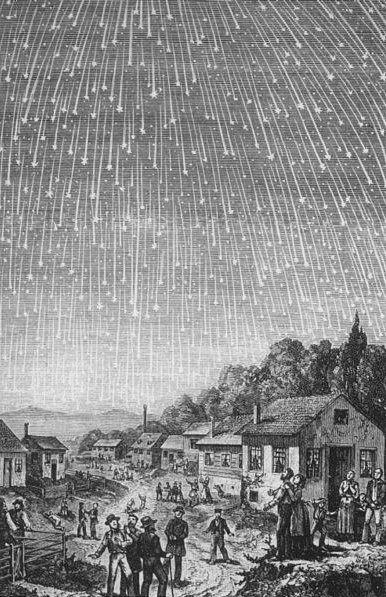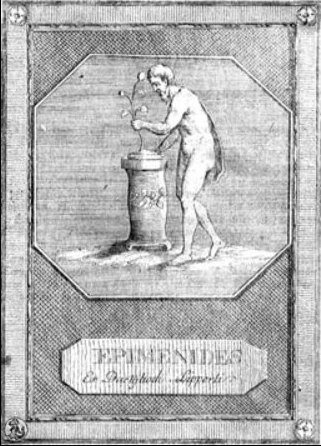8 * 29˝ - 81 = 155 = 150 + 5. This fact might have induced the creator of the C text to separate 5 glyphs at the beginning of both side a and side b.
... Nut, whom the Greeks sometimes identified with Rhea, was goddess of the sky, but it was debatable if in historical times she was the object of a genuine cult. She was Geb's twin sister and, it was said, married him secretly and against the will of Ra. Angered, Ra had the couple brutally separated by Shu and afterwards decreed that Nut could not bear a child in any given month of any year. Thoth, Plutarch tells us, happily had pity on her. Playing draughts with the Moon, he won in the course of several games a seventy-second part of the Moon's light with which he composed five new days. As these five intercalated days did not belong to the official Egyptian calendar of three hundred and sixty days, Nut was thus able to give birth successively to five children: Osiris, Haroeris (Horus), Set, Isis and Nepthys ... We could also try to count with the Navel of the Horse (Sirrah) at 0h: ... Time flows on and not until its measures have been completed in full can there be notches (nights) carved into the wood.
... 280 droplets from the pair of urns are probably representing the number of nights the Moon is illuminated from the light of the Sun during 10 months or 20 fortnights. If we add 80 points (inside the mountain with double peaks) we will reach 360 ... ... In the Hindu Bakshali Manuscript a dark new moon face was used for the unknown (our X) → what is inside an egg cannot be seen, the contents of the coming month were uncertain ...
And thus alternatively count 236 - 80 = 156 = 314 / 2 - 1. This fact may have induced the oracle in Buto (→ Pito, Navel) to speak out: ... An oracle reached him from the town of Buto, which said 'six years only shalt thou live upon this earth, and in the seventh thou shalt end thy days'. Mycerinus, indignant, sent an angry message to the oracle, reproaching the god with his injustice - 'My father and uncle,' he said 'though they shut up the temples, took no thought of the gods and destroyed multitudes of men, nevertheless enjoyed a long life; I, who am pious, am to die soon!' There came in reply a second message from the oracle - 'for this very reason is thy life brought so quickly to a close - thou hast not done as it behoved thee. Egypt was fated to suffer affliction one hundred and fifty years - the two kings who preceded thee upon the throne understood this - thou hast not understood it'. Mycerinus, when this answer reached him, perceiving that his doom was fixed, had lamps prepared, which he lighted every day at eventime, and feasted and enjoyed himself unceasingly both day and night, moving about in the marsh-country and the woods, and visiting all the places he heard were agreeable sojourns. His wish was to prove the oracle false, by turning night into days and so living twelve years in the space of six ... Pito. 1. Umbilical cord; navel; centre of something: te pito o te henua, centre of the world. Ana poreko te poki, ina ekó rivariva mo uru ki roto ki te hare o here'u i te poki; e-nanagi te pito o te poki, ai ka-rivariva mo uru ki roto ki te hare, when a child is born one must not enter the house immediately, for fear of injuring the child (that is, by breaking the taboo on a house where birth takes place); only after the umbilical cord has been severed can one enter the house. 2. Also something used for doing one's buttons up (buttonhole?). Vanaga. Navel. Churchill. H Piko 1. Navel, navel string, umbilical cord. Fig. blood relative, genitals. Cfr piko pau 'iole, wai'olu. Mō ka piko, moku ka piko, wehe i ka piko, the navel cord is cut [friendship between related persons is broken; a relative is cast out of a family]. Pehea kō piko? How is your navel [a facetious greeting avoided by some because of the double meaning]? 2. Summit or top of a hill or mountain; crest; crown of the head; crown of the hat made on a frame (pāpale pahu); tip of the ear; end of a rope; border of a land; center, as of a fishpond wall or kōnane board; place where a stem is attached to the leaf, as of taro. 3. Short for alopiko. I ka piko nō 'oe, lihaliha (song), at the belly portion itself, so very choice and fat. 4. A common taro with many varieties, all with the leaf blade indented at the base up to the piko, junction of blade and stem. 5. Design in plaiting the hat called pāpale 'ie. 6. Bottom round of a carrying net, kōkō. 7. Small wauke rootlets from an old plant. 8. Thatch above a door. 'Oki i ka piko, to cut this thatch; fig. to dedicate a house. Wehewehe. 314 / 2 = 157 = 628 / 4 was also a number of 'years' connected with Epimenides - the Cretan who never told the truth: ... The original story was by Diogenes Laertius, an Epicurean philosopher circa early half third century, in his book On the Lives, Opinions, and Sayings of Famous Philosophers. The story is in Chapter ten in his section on the Seven Sages, who were the precursors to the first philosophers. The sage was Epimenides. Apparently Epimenides went to sleep in a cave for fifty-seven years [628 - 57 = 571 → 5 * 71 = 355 → solstice day]. But unfortunately, 'he became old in as many days as he had slept years'. Although according to the different sources that Diogenes relates, Epimenides lived to be one hundred and fifty-seven years, two hundred and ninety-nine years [*299 = *340.4 - *41.4 → Febr 24 (365 + 55 = 420 = 237 + 183)], or one hundred and fifty-four years [6 * 14 → Ca6-14]. A similar story is told of the Seven Sleepers of Ephesus, Christian saints who fall asleep in a cave while avoiding Roman persecution, and awake more than a century later to find that Christianity has become the religion of the Empire ...
... The veil of Latona, the mother of Apollo and Diana (Sun and Moon), was black. The Hindus of north-west India still worship 'Suria', the sun, under the emblem of a black stone. The colour of the Egyptian bulls Apis and Mnevis was black, and in the hieroglyphic representations of acts of consecration or anointing, the officiating priests is painted black, and the recipient of the ceremony is painted red; this more especially in upper Egypt. Hence the black colour would seem to indicate superior sacredness. It is possible that from these and similar considerations of superiority or sacredness arose the Polynesian proverb (in Hawaiian), 'he weo ke kanaka, he pano he alii', red is the common man, dark is the chief. In 'Polynesian Researches' the Rev. Mr. Ellis explains a similar expression in Tahiti, from the fact that a dark and bronsed complexion was looked upon, among the chiefs, as a sign of manliness, hardihood, and exposure to fatigue and danger, and a pale complexion was considered a sign of effeminacy. The probable reason and explanation of the proverb may be found in the grander amount of tattooing with which the bodies of the chiefs were adorned. As late as the time of Kamehameha I of Hawaii, his rival, Kahekili, King of Maui, had one half of his body entirely blackened by tattooing. The connection of the black colour with Siwa's symbols may be found in the Hindu legend, according to which, at the churning of the sea of milk for the production of Amutham (the Ambrosia of immortality) Siwa, the supreme, was appealed to by the other gods to remove the poison vomited in the Ambrosia by the serpent Vasuke. He complied with their request by drinking up the poison, but from that time he was known by the name of 'the azure-necked one', because the colour of the poison remained on his neck as a sign of what he had done ...
|
||||||||||||||||||||||||||||||||||||||||||||||||||||||||||||||||||||||||||||||||||||||||||||||||||||||||||||||||||||||||||||||||||||



